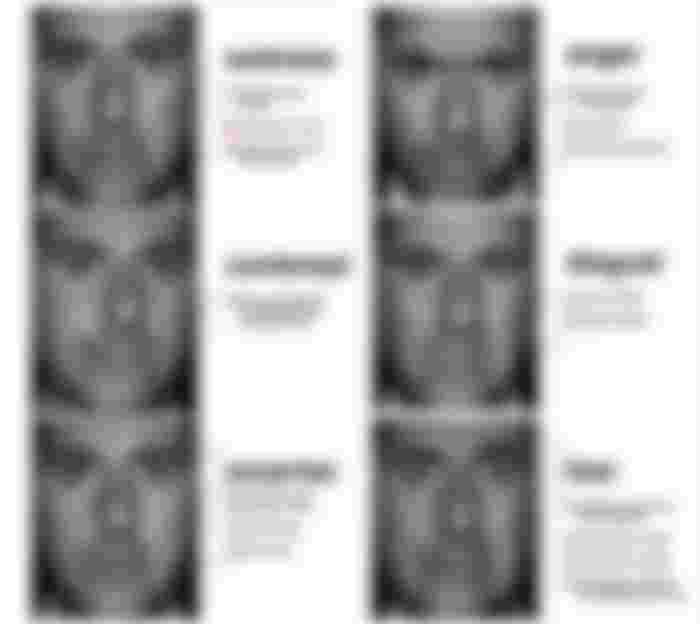Nontechnical methods ofinformation protection: Automation of a profayling in IS (Information Security)
Kuts I.V., 4th year student of the Department of Information Security
Abstract - The technique of automating the system for collecting information from employees and compiling by the nature of the letter, as well as facial muscles, the social type of personality is considered.
1. Introduction
One of the methods of non-technical protection of information, which makes it possible with a high degree of probability to identify persons prone to committing illegal actions, is profiling.
2. Main part
With the growth of technical capabilities to ensure the security of information, the human factor remains unchanged, which leads to the fact that the main channels of information leakage come to human nature. Unauthorized leakage of information is possible as a deliberate or accidental impact.
Profiling methods are based on verbal and non-verbal cues that can be used to determine the true state of affairs. Verbal signs are human speech, statement of thought, intonation, etc. Non-verbal is a "sign language" that corresponds to the thoughts, emotions and desires of a person [1].

For a more accurate determination of the state of a person, it is necessary to take into account both verbal and non-verbal signals.
Every day more and more people communicate through social networks or instant messengers. And let's say, if you get to know a person you don't know and correspond for some time with him, then after a while you can draw up an approximate psychological portrait. Even a person who does not have a knowledge base of psychology behind his back, but using his experience and intuition. A person who has sufficient knowledge in psychology can draw up an accurate portrait of his interlocutor by asking various questions that affect certain feelings of a person and cause various reactions. The formulation of thoughts, errors in writing, punctuation marks, etc. also figure prominently. [2].
Some people are good at controlling facial expressions and gestures, when communicating, choosing the right words, but non-verbal signs such as rapid breathing, dilated pupils, redness of the skin and other expressions cannot be controlled. Therefore, non-verbal channels provide sufficiently reliable information about a person to find out the emotional state of a person and his intentions [3].
The main problem for the enterprise is that it is impossible to monitor the personnel constantly, since it is time-consuming to conduct interviews with each employee and such operations can be carried out no more than once a month. The services of a profiler are also quite expensive, which makes it impossible to conduct such interviews often. Also, do not forget about the psychological stress on staff with frequent such interviews. Making a conclusion, it should be noted that it is required to create a profiling system in which it will be necessary to reduce human participation in the process, replacing it with technical means, thereby saving on finances and time spent on personal profiling.
Consider the possible models of profiling systems that should be included in the work of an enterprise with personnel who have access to confidential information.
Since profiling is based on two features, we will consider each separately.
When automating a person's verbal behavior, access to more personal correspondence between staff is required, since non-business texts contain a more open writing style that the system can work with to compose a psychological portrait of a person. Also, in addition to written messages, oral speech is not a little important, whether it is a telephone conversation or live communication. It is also possible for the system to determine intonation, tempo, excitement, etc. The longer the system is running, the more it collects data about employees, which gives a more accurate assessment of the psychological state.

Automating non-verbal behavior requires constant filming of staff during the work process and during breaks. In order for the system to be able to determine the "unusual" behavior, a large base of basic emotions is required, from which the system should build on the emotional portrait, which allows to determine the state of a person, according to the dominant emotions that are manifested in certain muscles of the face, present at a certain period of time the observed person.
3. Conclusion
For a more complete protection of information from unauthorized access, it is required to use the profiling functionality, as well as its automation for continuous monitoring, which gives more accurate results in identifying threats.
4. References
[1] Shultz DP, Shultz S. History of modern psychology/Per. from English A.V. Govorunov, V.I. Kuzin, L. L. Tsaruk / Eurasia, 2002 .- 532 p.
[2] Joe Navaro, Marvin Karlinks, I see what you are thinking/Potpourri, 2009. - 51 p.
[3] Floyd Bloom, Brain, Mind and Behavior/Floyd Bloom. - M .: Mir, 1988 .-248 p.




I remember in my university the projects of identification of patterns in images. It is not easy at all. It takes time, effort and dedication. Good Morning!